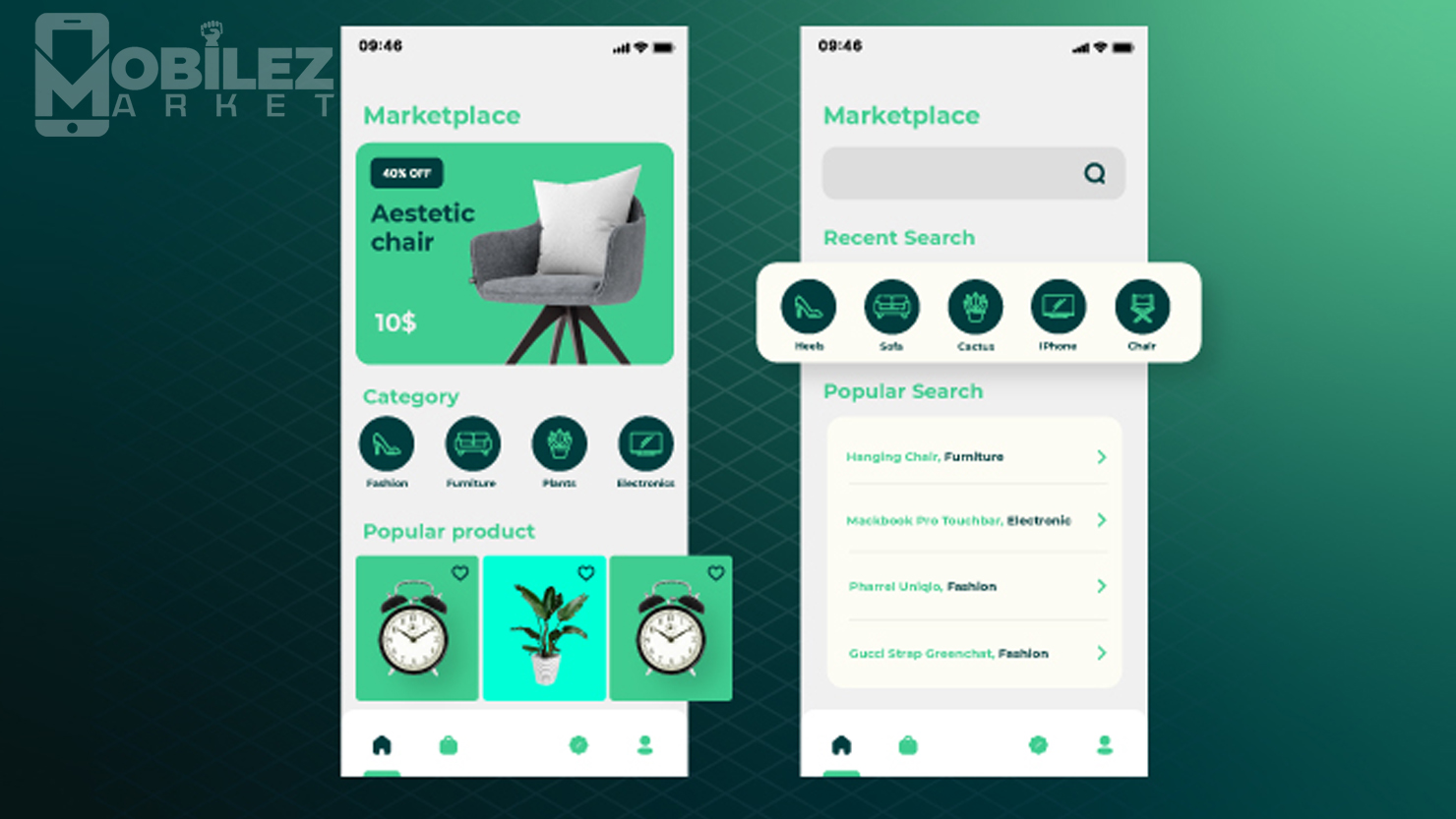Navigating the Top Mobile Marketplaces | A Comparison Guide
Introduction
As the e-commerce landscape continues to evolve, mobile marketplaces have emerged as dominant players, offering sellers unprecedented access to a global audience and buyers unparalleled convenience. With numerous mobile marketplaces available, choosing the right platform for your business can be daunting. In this comprehensive comparison guide, we'll explore the top mobile marketplaces, comparing key features, fees, audience demographics, and seller policies to help you make an informed decision.
1. Understanding Mobile Marketplaces
- Overview: An introduction to mobile marketplaces and their significance in the e-commerce ecosystem.
- Benefits: Highlighting the advantages of selling on mobile marketplaces, such as global reach, convenience, and built-in customer base.
2. Comparison Criteria
- Key Features: An overview of the features offered by mobile marketplaces, including product listings, payment options, and seller tools.
- Fees and Charges: Comparison of fee structures, including listing fees, transaction fees, and subscription plans.
- Audience Demographics: Insights into the demographic profiles of users on each mobile marketplace, such as age, gender, and purchasing power.
- Seller Policies: Examination of seller policies related to account registration, product guidelines, and dispute resolution.
3. Top Mobile Marketplaces
Amazon
- Overview: A brief introduction to Amazon's mobile marketplace and its prominence in the e-commerce industry.
- Key Features: Highlighting Amazon's product listings, fulfillment options (FBA), and advertising services (AMS).
- Fees and Charges: Breakdown of Amazon's fee structure, including referral fees, fulfillment fees, and subscription plans (Amazon Seller Central).
- Audience Demographics: Insights into Amazon's diverse user base, including Prime members, affluent shoppers, and tech-savvy consumers.
- Seller Policies: Examination of Amazon's seller policies, including account registration, product eligibility, and performance metrics (Amazon Seller Central).
eBay
- Overview: An overview of eBay's mobile marketplace and its position as a pioneer in online auctions and consumer-to-consumer sales.
- Key Features: Highlighting eBay's auction-style listings, Buy It Now options, and seller feedback system.
- Fees and Charges: Comparison of eBay's fee structure, including insertion fees, final value fees, and optional listing upgrades.
- Audience Demographics: Insights into eBay's user demographics, including bargain hunters, collectors, and niche enthusiasts.
- Seller Policies: Examination of eBay's seller policies, including account verification, listing guidelines, and dispute resolution processes.
Etsy
- Overview: Introduction to Etsy's mobile marketplace, specializing in handmade, vintage, and unique products.
- Key Features: Highlighting Etsy's artisan community, customizable storefronts, and direct checkout options.
- Fees and Charges: Breakdown of Etsy's fee structure, including listing fees, transaction fees, and payment processing fees.
- Audience Demographics: Insights into Etsy's user base, including creatives, DIY enthusiasts, and socially conscious consumers.
- Seller Policies: Examination of Etsy's seller policies, including product guidelines, intellectual property protection, and seller support resources.
Shopify
- Overview: An overview of Shopify's mobile marketplace platform, empowering businesses to create their own branded online stores.
- Key Features: Highlighting Shopify's customizable storefronts, integrated payment solutions, and extensive app ecosystem.
- Fees and Charges: Comparison of Shopify's pricing plans, including subscription fees, transaction fees, and additional app costs.
- Audience Demographics: Insights into Shopify's user base, including entrepreneurs, small businesses, and established brands.
- Seller Policies: Examination of Shopify's seller policies, including store setup, product management, and customer support options.
4. Choosing the Right Marketplace
- Considerations: Factors to consider when choosing a mobile marketplace, such as target audience, product type, budget, and scalability.
- Decision Making: Strategies for evaluating different mobile marketplaces and selecting the platform that best aligns with your business goals and objectives.
Conclusion
Navigating the top mobile marketplaces requires careful consideration of key factors such as features, fees, audience demographics, and seller policies. By comparing the leading platforms and understanding their strengths and weaknesses, sellers can make informed decisions that maximize their success in the dynamic world of e-commerce. Whether you're a small artisan or a growing enterprise, choosing the right mobile marketplace can unlock untapped opportunities and propel your business to new heights.


